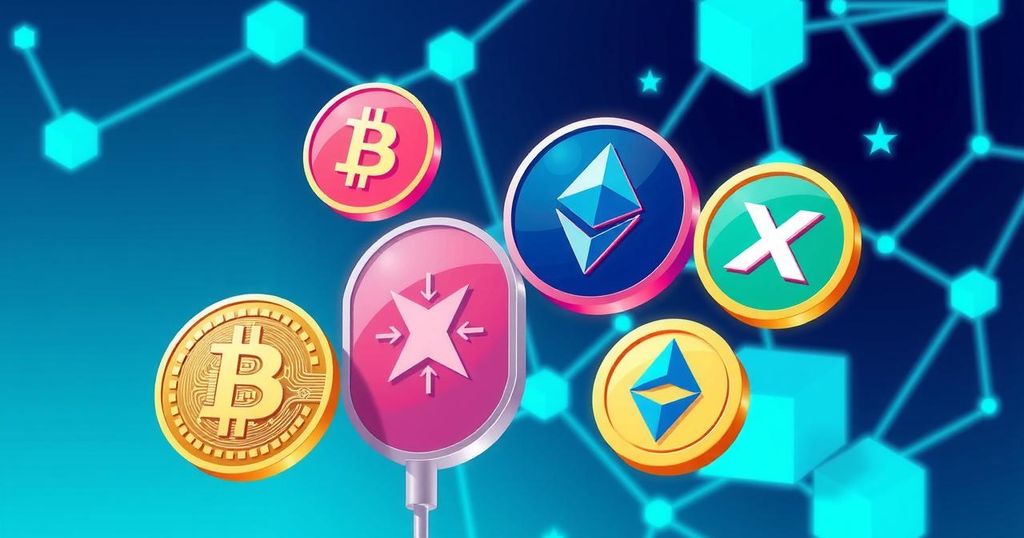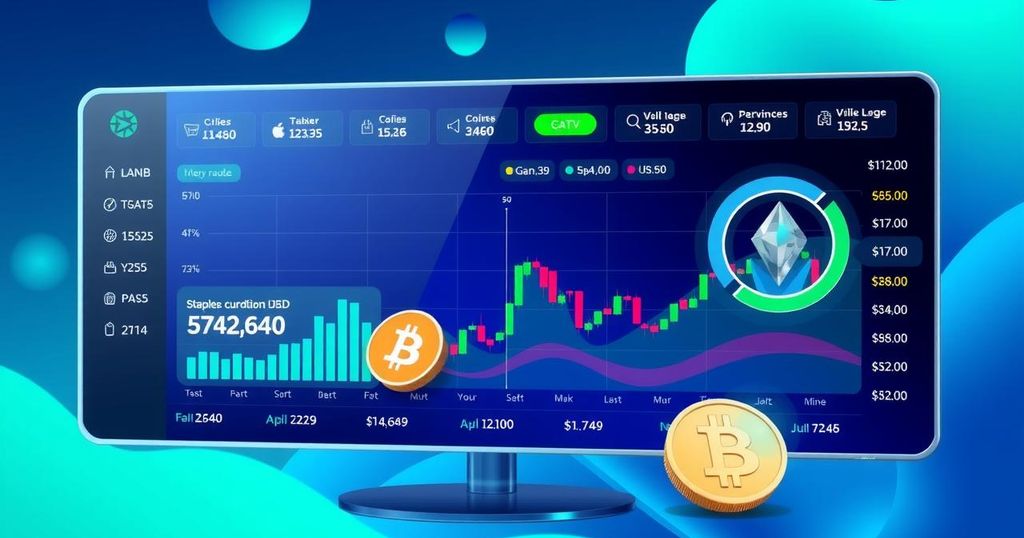From Bitcoin to XRP: Key Cryptocurrency Terms and What They Mean
- Bitcoin reached a new high of $120,000, driven by political changes.
- Blockchain technology records every crypto transaction like a digital ledger.
- Bitcoin mining rewards are halved approximately every four years for scarcity.
- Crypto exchanges let users trade fiat currency for cryptocurrencies.
- Meme coins often ride viral trends, but carry high risks for investors.
- Stablecoins aim to offer less volatility, pegged to stable assets like the dollar.
- XRP was designed for fast, low-cost transactions and has a fixed coin supply.
Bitcoin Hits New Heights Amidst Political Turbulence
The world of cryptocurrencies has gained incredible momentum recently, particularly with Bitcoin hitting a staggering high of $120,000—driven partly by the U.S. political climate. Former President Donald Trump, who once labelled Bitcoin a “scam”, changed his tune, now aiming to establish the U.S. as the “crypto capital of the world”. This remarkable surge cast a spotlight on cryptocurrencies, making concepts surrounding it—like blockchains, ETFs, and cold wallets—confusing for newcomers and even seasoned investors.
Understanding Blockchain and Bitcoin’s Unique Structure
Bitcoin, the star player in this fascinating arena, is a digital currency that operates free from traditional centralized control. This feature appeals to those who value decentralization as a vehicle for financial freedom, but it comes with the caveat of extreme volatility that can hit hard. Wild price fluctuations are the norm: just a month before that high, Bitcoin saw a sharp drop, demonstrating how unpredictable this currency can be— a trend that both excites and terrifies potential investors.
Delving Into Crypto Exchanges and Wallets
Another crucial term is “blockchain”, the very bedrock supporting all cryptocurrencies. Think of it as a digital ledger, meticulously recording every transaction like a giant virtual spreadsheet. However, unlike traditional transactions, these entries are verified by a wide network of volunteers, and the first to validate earns Bitcoin—a process known as mining that has raised eyebrows for its energy consumption. Then there’s the concept of Bitcoin “halving”, where miner rewards are cut in half approximately every four years, serving to boost scarcity and theoretically increase value over time, but also leading to discussions about the viability of ongoing mining.
Exploring Ethereum and Exchange-Traded Funds
Investors can trade cryptocurrency on digital platforms called crypto exchanges, much like traditional stock exchanges but for digital coins. Here, you can easily swap your fiat currency—dollars, euros, etc.—for Bitcoin or Ethereum, but be ready to pay fees. When it comes to securely storing those assets, you’ll have two options: hot wallets, which are always connected to the internet for ease of access, or cold wallets, which store your crypto offline, offering a much safer long-term solution against theft.
Understanding Meme Coins and Their Risks
Let’s not overlook Ethereum, a close contender to Bitcoin, that allows not only the trade of its Ether token but also supports a variety of applications including NFTs. It has made some waves since switching to a more eco-friendly operating model. And speaking of investment vehicles, exchange-traded funds, or ETFs, have made headlines too, allowing investors to buy into portfolios that include Bitcoin without the hassles of digital wallets or exchanges.
The Unique Case of XRP and Its Future
However, it’s worth mentioning less serious entries like meme coins, which are created for fun, often riding the coattails of viral internet trends. They come laden with risks and criticisms, particularly the high chances of becoming worthless. And last but not least, stablecoins aim to do what their name suggests: offer a relatively steady value by pegging themselves to stable assets like the U.S. dollar. Despite their promise, several stablecoins’ quick collapses have raised red flags for investors, prompting calls for regulatory scrutiny.
Final Thoughts on the Cryptocurrency Landscape
XRP, another notable cryptocurrency, was designed to facilitate fast and inexpensive transactions through its own unique ledger system. Created by Ripple Labs, XRP has a cap of 100 billion coins, which certainly gives it a different flavor compared to Bitcoin. Transactions on its network are verified through a form of consensus rather than mining, allowing for quicker processing times, particularly attractive for businesses engaged in cross-border payments. However, like its crypto cousins, XRP faces regulatory challenges that could affect its value and future growth.
Cryptocurrencies, especially Bitcoin, continue to dominate headlines, reaching dizzying heights yet facing substantial volatility. Terms like blockchain and crypto exchanges are pivotal to understanding this complex realm. As new assets and technologies emerge, it remains vital for potential investors to stay informed and navigate these waters with caution.




Post Comment